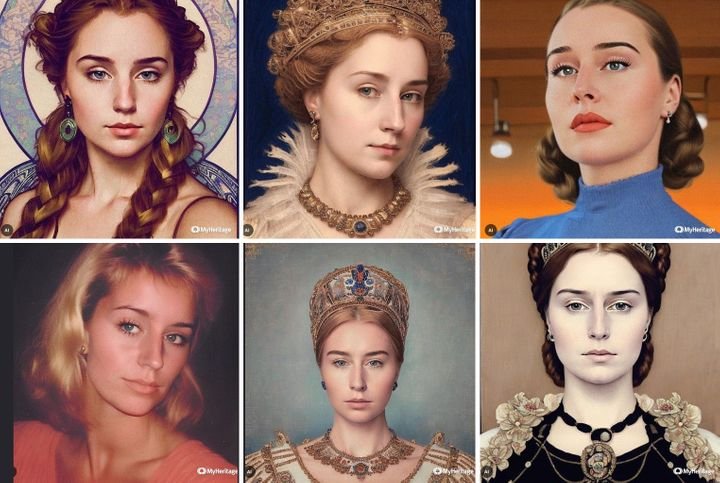Portrait photography is more than just capturing a person’s likeness; it’s about creating an emotional connection and telling a story through imagery. The art of portrait photography goes beyond the technical aspects of camera settings and lighting. It requires a keen eye for detail, an understanding of human emotions, and the ability to capture the essence of the subject. In this article, we will explore the key elements that contribute to creating timeless portraits, with a focus on the art of portrait photography and the exquisite world of fine art portrait photography.
Emotion and Expression:
At the heart of a captivating portrait lies the ability to evoke emotion and capture genuine expressions. The eyes, often referred to as the windows to the soul, play a significant role in conveying emotions. A skilled portrait photographer knows how to engage with the subject, creating a comfortable and trusting environment that allows for authentic expressions to shine through. Whether it’s a subtle smile, a contemplative gaze, or a burst of laughter, capturing the true emotions of the subject is crucial to creating timeless portraits.
Composition and Framing:
Composition is a fundamental element in any form of visual art, and portrait photography is no exception. The way you frame your subject within the frame can greatly impact the overall impact of the portrait. The rule of thirds, leading lines, and symmetry are compositional techniques that can add balance, depth, and visual interest to your portraits. Experiment with different angles, perspectives, and framing techniques to create visually compelling compositions that draw the viewer’s attention to the subject.
Lighting and Shadows:
Lighting plays a crucial role in setting the mood and creating a sense of drama in portrait photography. The interplay of light and shadows can add depth, texture, and dimension to your images. Whether you prefer soft and diffused light or dramatic, high-contrast lighting, understanding how to manipulate and control light is essential. Experiment with natural light, such as the warm glow of the golden hour or the soft illumination of a cloudy day. Alternatively, explore artificial lighting techniques, such as studio lighting setups, to create your desired effects.
Posing and Body Language:
Posing is an art in itself, as it involves guiding your subject to create flattering and engaging postures. While some portraits may call for natural, candid poses, others may benefit from more intentional and sculpted poses. Pay attention to body language and the placement of limbs, as subtle adjustments can make a significant difference in the overall feel of the portrait. Work collaboratively with your subject, giving gentle direction and encouragement to bring out their unique personality and create a connection between the subject and the viewer.
Storytelling and Narrative:
Fine art portrait photography often incorporates storytelling and narrative elements to create images that transcend the realm of a mere portrait. Think about the story you want to convey through your images. Consider the use of props, costumes, and settings that reflect the subject’s personality, interests, or aspirations. By incorporating these elements, you can create portraits that tell a deeper story and leave a lasting impression on the viewer.
Post-Processing and Editing:
Post-processing and editing are essential steps in the creation of fine art portraits. This is where you can refine the colors, tones, and overall mood of the image to align with your artistic vision. Explore different editing techniques, such as adjusting contrast, saturation, and selective color grading, to enhance the visual impact of your portraits. However, it’s important to strike a balance and ensure that your editing choices complement the subject and the overall artistic intention, without overpowering the essence of the portrait.
In conclusion, the art of capturing timeless portraits encompasses various elements that go beyond technical proficiency. It requires a deep understanding of human emotions, a keen eye for composition, skillful use of lighting and shadows, effective posing and body language guidance, and the ability to tell compelling stories. Whether you’re practicing portrait photography as a form of artistic expression or delving into the world of fine art portrait photography, mastering these key elements will elevate your work and enable you to create truly remarkable and timeless portraits.






Recent Comments